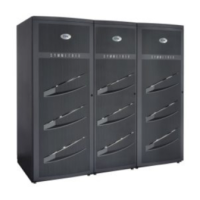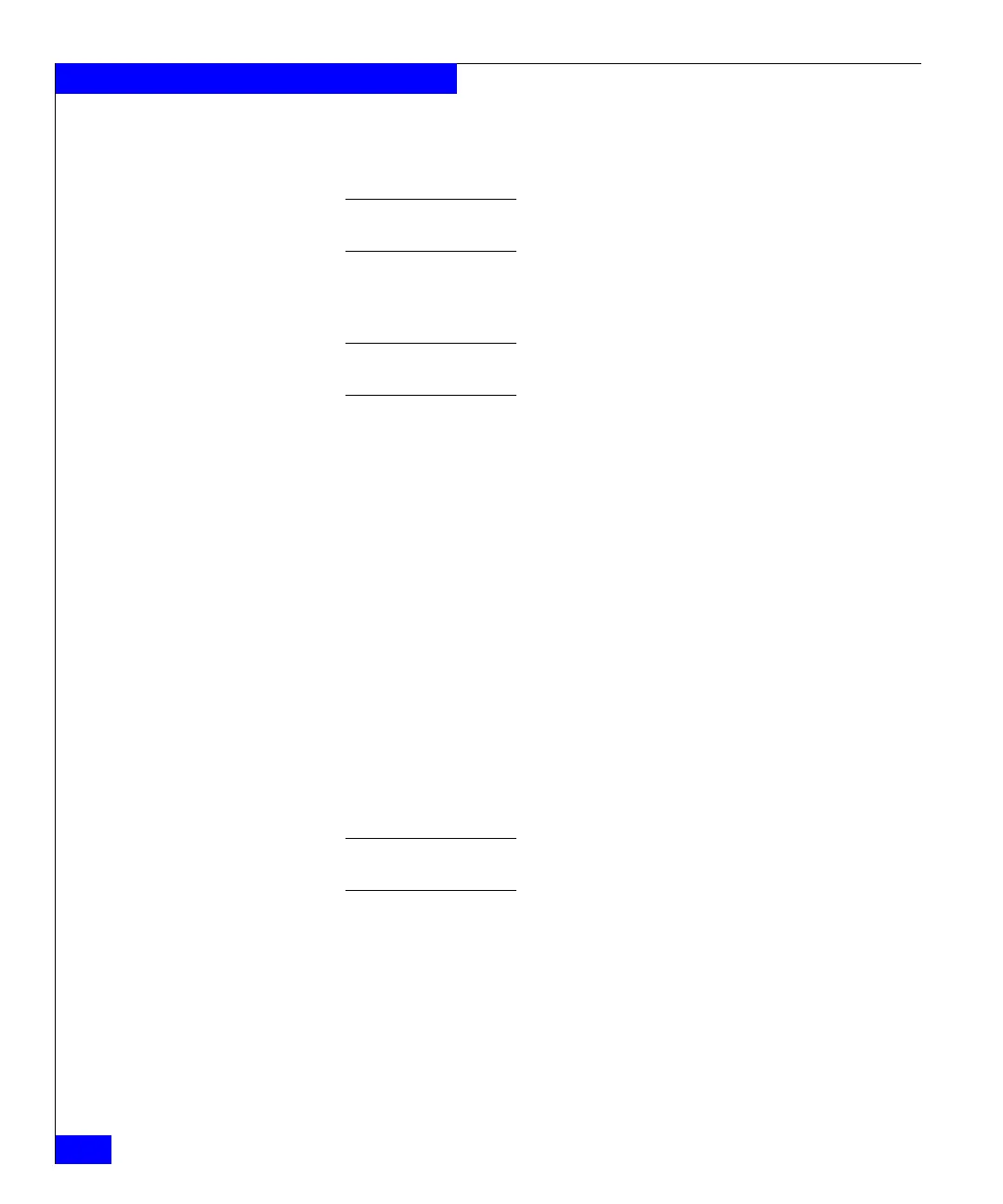160
EMC Symmetrix DMX-3 Product Guide
Data Integrity, Availability, and Protection
RAID 1/0 RAID 1/0 is a combination of RAID 1 and RAID 0 for open systems
environments. Data is striped across mirrored pairs.
Note: “Symmetrix RAID 1/0 for open systems” on page 195 provides
additional information.
RAID 10 RAID 10 is a combination of RAID 1 and RAID 0 for the mainframe
environment. Data is striped across mirrored pairs.
Note: “Symmetrix RAID 10 for mainframe systems” on page 196 provides
additional information.
RAID 5 The Symmetrix DMX-3 supports RAID 5 data protection. This is an
implementation of the industry-standard RAID 5 data-protection
technique with rotating parity across all members of the RAID 5 set.
RAID 5 provides cost-effective data protection against drive failure.
While the most demanding environments continue to opt for
mirrored storage for maximum performance, RAID 5 offers an
extremely attractive alternative for information storage where price is
more important than performance.
For Symmetrix DMX, RAID 5 is available in one of two
configurations per array, RAID 5 (3+1) or RAID 5 (7+1), in which data
and parity are striped across four or eight physical disks, respectively.
RAID 5 offers Symmetrix DMX-3 customers the benefits of:
◆ Symmetrix Optimizer supports RAID 5 devices.
◆ RAID 5 devices can be used with Dynamic SRDF and PPRC.
◆ RAID 5 devices require only one spare drive.
Note: “Symmetrix DMX RAID 5” on page 198 provides additional
information.
RAID 6 RAID 6 is defined as any configuration that supports more than a
single disk drive failure. Similar to RAID 5 devices, the data blocks
are striped/interleaved across all members of the RAID group. RAID
6 uses permanent sparing. If no spare is found in a good location, then
dynamic sparing is invoked.
For Symmetrix DMX, RAID 6 is available in one of two
configurations per array, RAID 6 (6+2) or RAID 6 (14+2), in which
data and parity are striped across eight or sixteen physical disks,
respectively.

